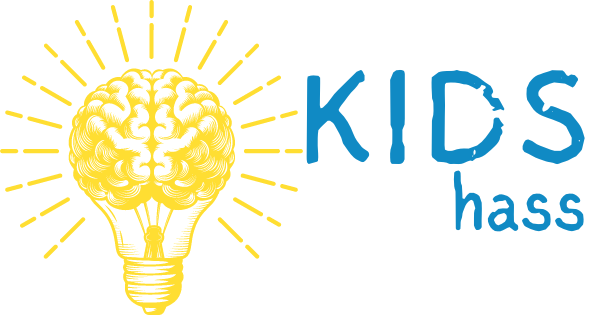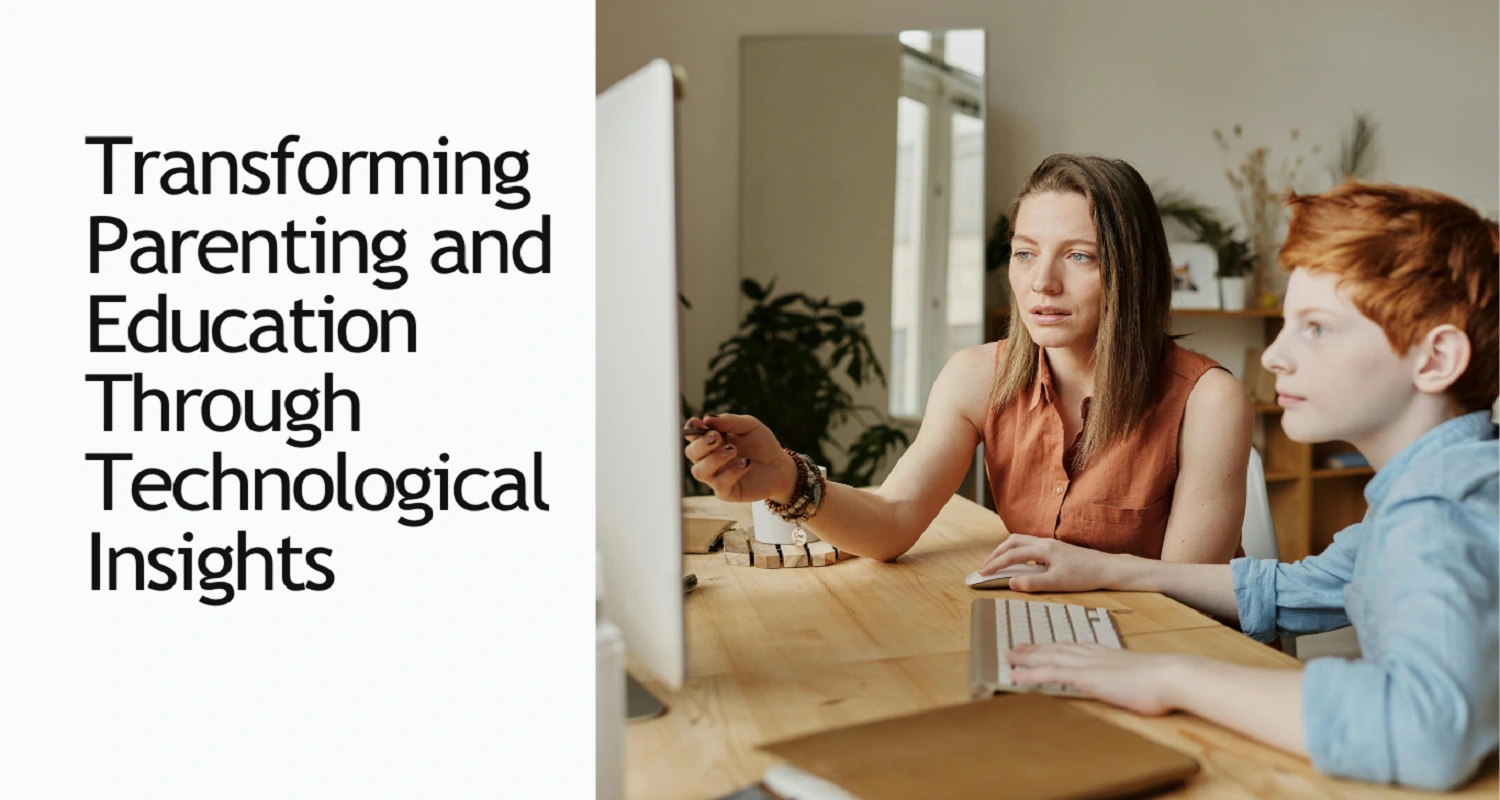Technology is shaping the future of parenting and education, providing innovative tools and resources that enhance learning and development for children. Whether through artificial intelligence (AI), interactive apps, or advanced learning platforms, today’s technological landscape offers parents and educators opportunities to create more engaging and personalized experiences for children. In this expanded version of the article, we’ll explore how these technologies are transforming both parenting and education, while also offering practical tips for integrating these tools into daily routines.
1. The Role of AI in Supporting Parents and Educators
Artificial Intelligence (AI) has emerged as a transformative force in both education and parenting, providing dynamic insights that were previously inaccessible. AI-driven platforms now offer personalized learning experiences that cater to each child’s specific needs. For example, adaptive learning platforms can modify content to suit individual learning styles, making it easier for children to grasp complex concepts.
1.1. Personalized Learning
Through AI’s ability to analyze large datasets, it identifies each child’s strengths and weaknesses. This ensures that every child has a tailored educational experience. Whether it’s a math app that adjusts its difficulty based on a child’s performance or a reading tool that suggests books based on their preferences, AI enhances engagement and comprehension. This approach helps children absorb knowledge more effectively by focusing on areas where they need the most help.
1.2. Emotional and Developmental Support
AI is not limited to academic insights. It can also support children’s emotional and developmental well-being. AI-powered tools, such as chatbots, can analyze a child’s tone and language to detect emotional stress. If a child expresses frustration or sadness, the chatbot may alert parents or suggest activities to improve mood. These features allow parents to intervene early if their child is struggling emotionally, leading to better mental health outcomes.
1.3. Streamlining Communication
One of the key challenges in education is communication between parents, teachers, and students. AI-powered platforms streamline this process by offering real-time updates on a child’s progress. Teachers can instantly share assignments, test results, or feedback, and parents can respond with questions or concerns. This ongoing dialogue ensures that everyone remains on the same page, fostering a collaborative approach to education.
2. The Impact of Technology on Early Education
Technology has radically transformed early education, making learning more interactive and personalized than ever before. Tools like tablets, educational apps, and interactive whiteboards offer children new ways to engage with content. These tools allow educators to cater to different learning styles and paces, ensuring that no child is left behind.
2.1. Interactive Learning
Educational apps, such as Khan Academy Kids or ABCmouse, provide interactive lessons that combine education with play. These apps are designed to keep young children engaged by using games, videos, and activities that make learning fun. The combination of entertainment and education encourages children to stay focused, which enhances retention and learning outcomes.
2.2. AI in Early Learning
AI has made its way into early education as well. Smart toys, embedded with AI, respond to children’s actions. These toys can ask questions, give feedback, and adapt to a child’s learning pace. For example, an AI-powered toy might ask a child to count objects, and if the child struggles, it will offer hints or simplify the task. This dynamic interaction fosters critical thinking and problem-solving skills, laying a strong foundation for future learning.
3. Technology in Schools: Creating a New Learning Environment
Technology is changing the landscape of formal education, from elementary schools to universities. Many schools now use digital platforms, interactive whiteboards, and online resources to create dynamic and engaging learning environments.
3.1. Adaptive Learning Tools
One of the most significant benefits of technology in schools is the rise of adaptive learning platforms. These platforms use algorithms to adjust the difficulty of lessons based on each student’s performance. For example, if a child struggles with a math problem, the platform will simplify future questions or provide additional resources. This ensures that every student progresses at their own pace.
3.2. Collaboration Tools
In addition to personalized learning, technology enables collaboration. Online platforms like Google Classroom allow students to work on group projects, share documents, and provide peer feedback. This fosters teamwork and communication, skills that are essential in both academic and professional settings.
3.3. Access to Global Resources
Another major advantage of technology in education is the access it provides to global resources. With the internet, students can explore museums, historical archives, and scientific databases from around the world. This broadens their understanding of subjects and exposes them to a wider range of perspectives.
4. Challenges of Integrating Technology into Parenting and Education
While technology offers numerous benefits, it also presents challenges. One of the main concerns for parents and educators is the issue of screen time. While interactive apps and educational tools can be highly beneficial, excessive screen time can have negative effects on children’s health, including poor sleep, reduced physical activity, and strained eyesight.
4.1. Setting Boundaries
To mitigate these risks, it’s crucial to establish healthy screen time boundaries. Parents and educators should encourage children to take regular breaks and participate in offline activities, such as outdoor play, reading, or hands-on learning projects. A balanced approach ensures that children benefit from technology without becoming overly reliant on it.
4.2. Privacy Concerns
Another concern is data privacy. Many educational apps collect data about a child’s performance and behavior. Parents should carefully research apps and tools to ensure that they have strong privacy protections in place. It’s essential to choose platforms that prioritize the security of personal information
5. Practical Tips for Integrating Technology in Daily Routines
Integrating technology into daily routines can enhance both parenting and education, but it must be done thoughtfully. Here are some practical tips to ensure technology is used effectively:
5.1. Choose Age-Appropriate Tools
When selecting apps or digital tools, choose ones that align with your child’s age and interests. For younger children, apps like Khan Academy Kids provide interactive learning experiences tailored to early development. For older children, platforms like Scratch teach coding through game-like activities. By choosing age-appropriate tools, parents can ensure that technology complements their child’s learning needs.
5.2. Encourage Creativity
Technology offers many opportunities for children to express their creativity. Apps like Tinkercad allow kids to design 3D models, while platforms like Scratch let them code their own games. These tools turn screen time into productive learning experiences, helping children develop both technical and creative skills.
5.3. Create a Tech-Friendly Learning Environment
Setting up a dedicated learning space at home can make a big difference. Create a tech-friendly environment where children have access to the devices they need but are free from distractions. Encourage children to take ownership of their space by decorating it with educational materials or tools that inspire creativity.
5.4. Balance Screen Time with Other Activities
While technology has many benefits, it’s essential to strike a balance between screen time and traditional activities. Encourage your child to engage in outdoor play, hands-on projects, or family game nights. This holistic approach helps children develop a wide range of skills, from physical coordination to emotional intelligence.
6. The Future of Technology in Parenting and Education
The future of technology in parenting and education looks promising, with advancements in AI, virtual reality (VR), and augmented reality (AR) set to take center stage. These technologies will create even more personalized and immersive learning experiences.
6.1. AI and Machine Learning
As AI continues to evolve, it will become even more adept at tailoring educational content to each child’s learning style. Machine learning algorithms will be able to predict what types of materials work best for different children, offering an unparalleled level of personalization.
6.2. Virtual and Augmented Reality
VR and AR are poised to transform education by making learning more interactive and immersive. Imagine children exploring ancient civilizations through VR headsets or using AR to visualize complex scientific concepts. These tools will make abstract ideas more tangible and accessible.
Final Thoughts
Technology is revolutionizing both parenting and education, offering tools that enhance learning and development for children. By integrating AI, educational apps, and digital platforms into daily routines, parents and educators can create dynamic, engaging experiences that foster creativity, problem-solving, and emotional growth. However, it’s essential to balance the use of technology with offline activities, ensuring children develop well-rounded skills. As we look to the future, it’s clear that technology will continue to play an integral role in shaping how we parent and educate our children.
To explore further how technology can play a crucial role in parenting and education, check out our comprehensive guide on Empowering Parenting and Education Through Technology.

